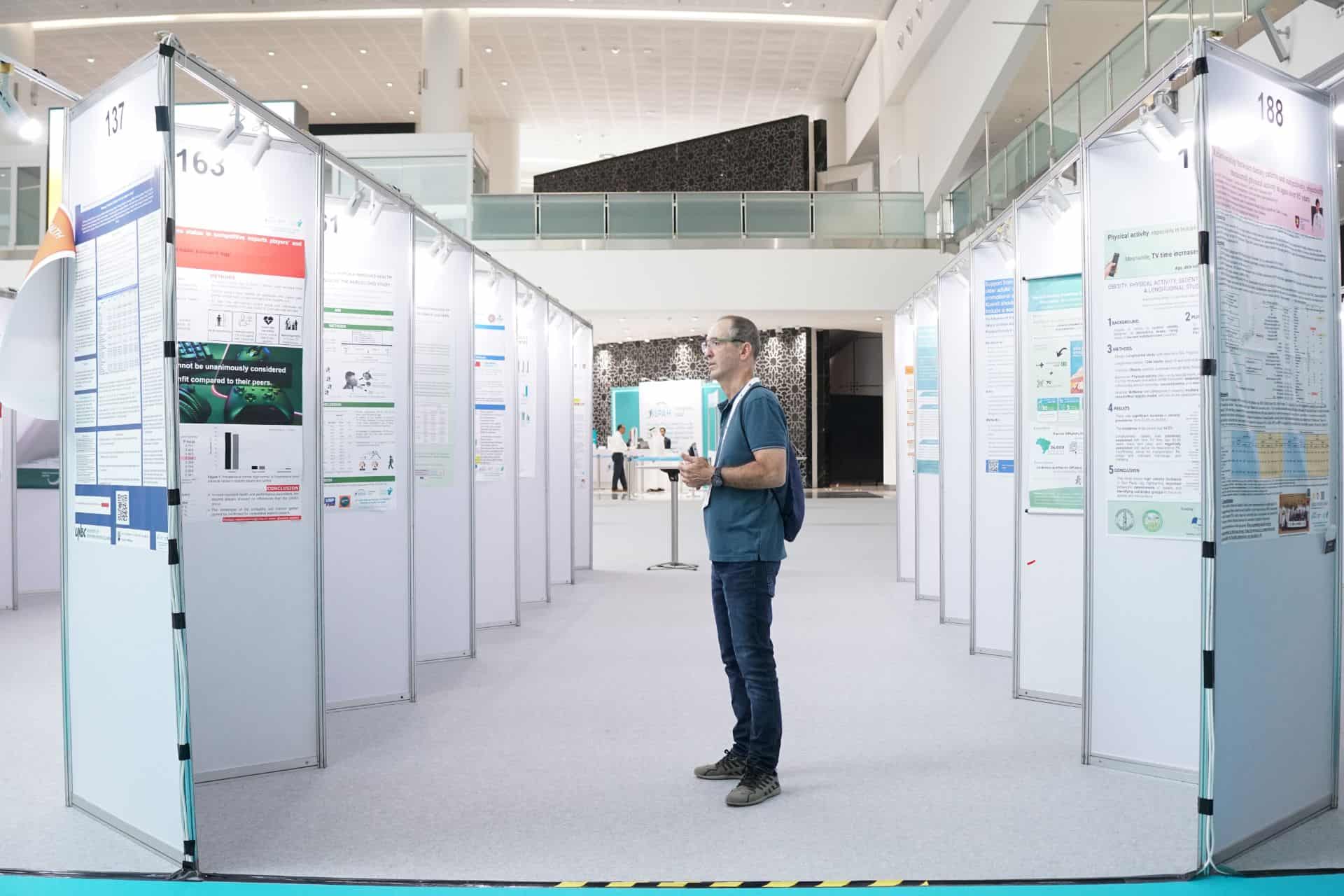E-poster
“Walking Buddies” for Better Health: Intergenerational Walking Partnerships to Improve Mobility and Well-being
The Arm-in-Arm Gait Training Trial (AAGaTT) research project aims to evaluate the effectiveness of a paired gait training program for older adults at risk of falling. This program involves pairing an older adult who has recently experienced a fall with a younger partner who acts as a ‘walking coach’. The study examines the impact of this approach on various aspects of the older adults’ lives and their perceptions of the experience.
Analysis of interviews conducted after the 4-week program reveals several positive aspects of the interaction between older adults and their younger partners. Firstly, the presence of a younger companion is valued by older adults, who appreciate the reassuring and reassuring aspect of having a partner in good health by their side. In addition, the social aspect of this interaction is emphasized, with pleasant, shared moments and enriching exchanges about life and experiences.
The benefits of the training program are also highlighted. Participants report an increase in self-esteem as they realize their ability to achieve things they thought were beyond their reach. Moreover, the program brings a degree of discipline to the lives of older adults, giving them a regularity and structure that they value. Finally, on a physical level, participants report an improvement in their walking ability as a result of the program.
In conclusion, the initial findings of the AAGaTT study suggest that walking with a younger partner can have a positive impact on the lives of older adults, both socially and physically and psychologically. These findings underscore the importance of intergenerational interactions in maintaining the health and well-being of older adults and highlight the potential of pair walking training programs in this context.
Submitting Author
Jeremy Torrent
Population Group
Older Adults
Study Type
Intervention
Setting
Community, Family


